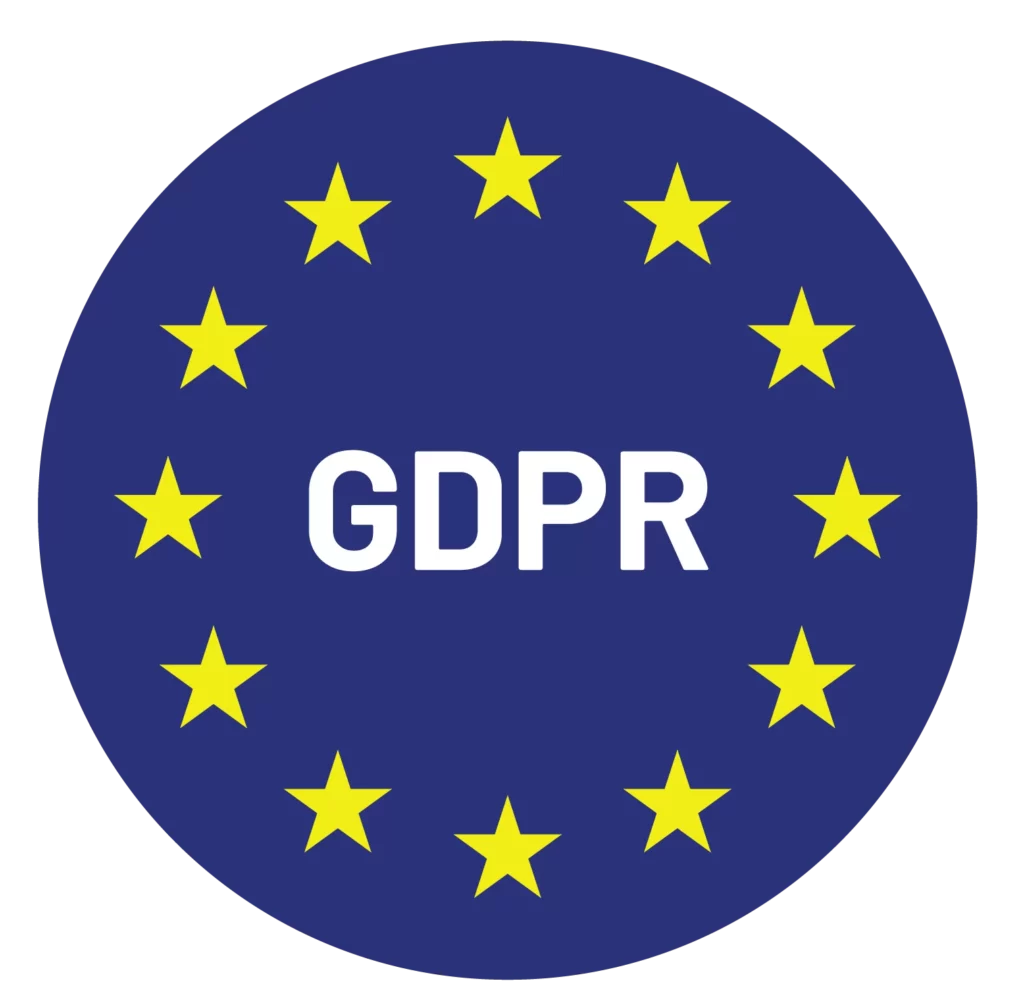Client onboarding is a pivotal stage in the relationship between career coaches and clients. Establishing a seamless onboarding process not only fosters a positive client experience but also lays the groundwork for a successful coaching journey.
In this article, we’ll delve into the essential components of a new client onboarding form tailored specifically for career coaches, providing you with a client onboarding template for effective communication and collaboration.
If you’re a career coach that specializes in career change or role change, don’t miss out on the 2nd part of this blog post!
The comprehensive client onboarding template for career coaches
1. Personal information and professional background
Objective: Gather fundamental details about the client’s identity and professional history.
- Basic information: Begin with standard personal details, including name, contact information, and preferred communication channels.
- Career snapshot: Request a concise overview of the client’s professional background, highlighting key roles, industries, and skills.
- Expectations and objectives: Encourage clients to articulate their expectations from the coaching relationship and outline their short-term and long-term career objectives.
2. Vision clarification
Objective: Get a sense of the client’s professional vision so you can align your coaching approach accordingly
- Goal definition: Ask the client to outline their immediate goals – these should tie into their objectives from the earlier section.
- Long-term vision: Prompt clients to describe their ideal professional future, aiding in the identification of overarching aspirations.
- Identifying obstacles: Ask clients to list down any obstacles they may already be aware of.
3. Communication preferences and expectations
Objective: Define communication guidelines to ensure a productive and comfortable coaching relationship.
- Preferred communication style: Inquire about the client’s preferred communication methods, frequency, and whether they have any specific preferences.
- Feedback mechanism: Establish a feedback loop by clearly communicating how and when clients can provide feedback on the coaching process.
- Setting boundaries: Address expectations regarding response times, session scheduling, and any other relevant logistical details.
4. Coaching agreement and terms of engagement
Objective: Formalize the coaching relationship by outlining expectations, responsibilities, and confidentiality agreements.
- Scope of services: Define the scope of coaching services, specifying the number of sessions, duration, and any additional support offered.
- Confidentiality and privacy: Clearly articulate the coach’s commitment to confidentiality and privacy, fostering trust and openness.
- Terms and conditions: Present the terms of engagement, including payment details, cancellation policies, and any other contractual agreements.
5. Job search and transition assistance
Objective: Support clients in navigating job searches, career transitions, or pursuing new opportunities.
- Resume review and enhancement: Offer a section for clients to submit their resumes, facilitating personalized feedback and guidance on improvement.
Bonus: The new client onboarding form for experienced clients
When you have a client with work experience under their belt, or if you’re a career coach that specializes in career transitions, you need a little more information from a prospective new client than the standard details mentioned above. Have a look at what you should make part of your client onboarding template:
1. Skills and competency assessment
Objective: Understand the client’s current skill set, strengths, and areas for improvement.
- Skills inventory: Create a section where clients can outline their key skills and competencies, helping you tailor strategies for skill enhancement.
- Strengths and weaknesses: Encourage clients to identify their professional strengths and weaknesses, providing valuable insights for targeted coaching interventions.
- Industry-specific expertise: For career coaches specializing in certain industries, include prompts to capture the client’s expertise in relevant sectors.
2. Professional development objectives
Objective: Align coaching goals with the client’s aspirations for professional growth.
- Certifications and training goals: Inquire about the client’s interest in acquiring certifications or undergoing specific training to enhance their professional credentials.
- Leadership and management aspirations: For clients aiming for leadership roles, explore their aspirations and design coaching strategies to nurture leadership skills.
- Industry trends awareness: Assess the client’s awareness of industry trends and incorporate coaching elements to keep them abreast of developments in their field.
3. Networking and relationship building
Objective: Address the importance of networking and building professional relationships in the client’s career advancement.
- Current network evaluation: Have clients assess their existing professional network and identify areas for expansion or improvement.
- Online Presence: For career coaches focused on online presence, get a sense of the clients’ LinkedIn profiles and other relevant digital platforms by asking them to link their profiles
Conclusion
Crafting client onboarding templates is a strategic investment in the success of your coaching relationships. By incorporating these essential elements, career coaches can enhance communication, set clear expectations, and lay the foundation for a collaborative and impactful coaching experience for clients.
A well-structured new client onboarding form becomes the cornerstone for better client experiences, especially when they’re executed smoothly and feed into the coaching engagement.
To truly get started on the right foot, consider a digital coaching platform that will digitize all your processes, from onboarding clients to coaching them. Simply.Coach, for example, has a Digital Tools feature that will help you create your onboarding form, send it out, gather responses, and store them in one place for future reference.

Content Marketing Consultant @ Simply.coach
Vaidehi is a content marketing consultant with a decade’s experience handling over 80 brands and multiple award-winning campaigns under her belt. When not working, you’ll find Vaidehi spending time with family, binge watching Netflix shows, and baking.
Read More:
Building Success: Basic & Advanced Best Practices for Career Coaching Websites
Navigating Professional Growth: Effective Career Coaching Strategies & Coaching Techniques
20 Instagram Reel Ideas for Career Coaches
5 Instagram Marketing Strategies for Career Coaches
7 Essential Coaching Intake Form Questions for Career Coaches
About Simply.Coach
Simply.Coach is an enterprise-grade coaching software designed to be used by individual coaches and coaching businesses. Trusted by ICF-accredited and EMCC-credentialed coaches worldwide, Simply.Coach is on a mission to elevate the experience and process of coaching with technology-led tools and solutions.









